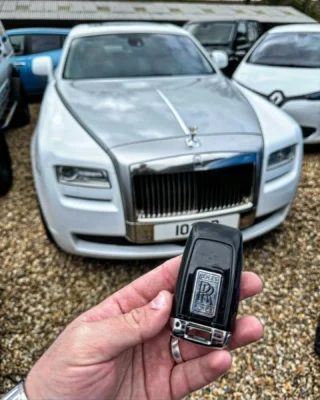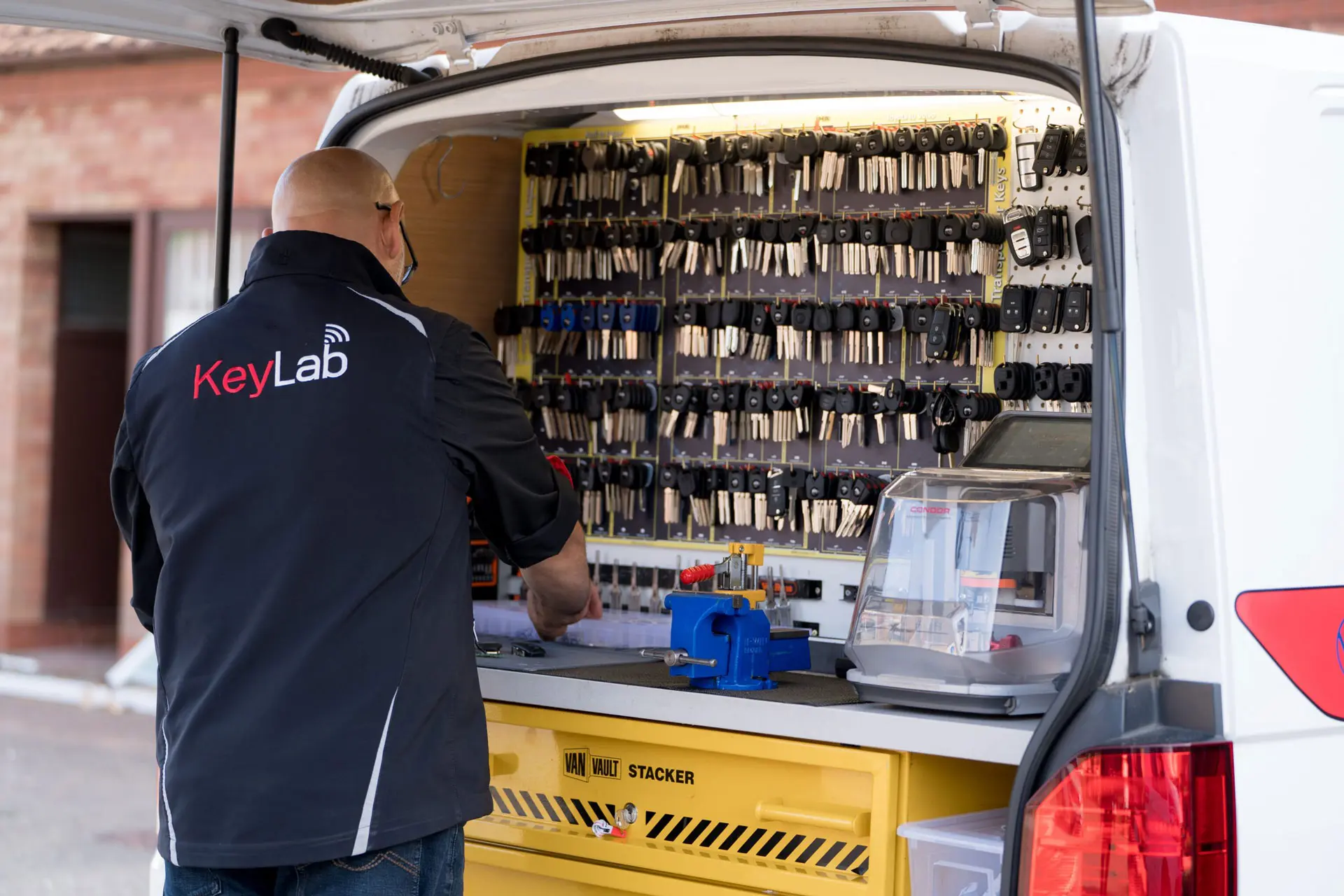car-key-programming-cost9795
car-key-programming-cost9795
How To Beat Your Boss On Door Lock Repair
Comprehensive Guide to Car Door Lock Repair: Troubleshooting and Solutions
The integrity and performance of a vehicle’s door locks are important for both the security of the car and the safety of its residents. Car door locks can experience a variety of concerns, ranging from minor mechanical glitches to finish failures. This short article looks for to supply a helpful overview of car door lock repair, outlining typical issues, diagnostic procedures, and solutions.

Understanding Car Door Locks
Before delving into repair procedures, it is vital to comprehend the parts of a normal car door lock. There are two main kinds of locks: mechanical and electronic.
Elements of a Car Door Lock System
- Lock Cylinder: The part where the key is placed.
- Latches: Mechanisms that hold the door shut.
- Actuator: Electric motor in electronic locks that assists in locking and unlocking.
- Linkage: Connects the lock cylinder to the lock.
- Remote Key Fob: In electronic systems, this is utilized to lock and unlock the doors from a distance.
Common Issues with Car Door Locks
Car door locks can stop working for a wide variety of factors. Here are some common problems experienced by vehicle owners:
- Sticking or Frozen Locks: Especially in winter, locks can end up being hard to operate.
- Lock Not Engaging or Disengaging: Both mechanical and electronic locks can deal with issues where they do not react to the key or remote.
- Key Jams: The key might get stuck in the lock, making it impossible to lock or unlock the door.
- Remote Malfunction: In electronic systems, the key fob might not work due to battery problems or programming issues.
- Physical Damage: Vandalism or mishaps can harm the lock system.
Fixing Car Door Lock Issues
When a car door lock is not functioning properly, it is very important to diagnose the problem properly before continuing with a repair. Below are actions that can help repair the problem:
Step-by-Step Troubleshooting
-
Visual Inspection:
- Check the door lock and surrounding components for visible damage.
- Examine the key for wear and tear.
-
Check the Key:

- If the lock is sticking or not engaging, attempt utilizing an extra key if available.
- Make sure the key is tidy from dirt and particles.
-
Examine the Actuator:
- Listen for any noises when pushing the key fob. A clicking noise might indicate a malfunctioning actuator.
-
Check Door Wiring:
- Check the electrical wiring that links the door lock to the vehicle’s electrical system.
- Search for detached or frayed wires.
-
Temperature level Influence:
- If the lock is sticking in cold weather, apply lithium grease to assist lubricate the mechanism.
Fixing Common Door Lock Issues
Once the issue has been identified, the repair can begin. Here are some common repair techniques for various issues:
Fixing a Sticking or Frozen Lock
- Cleaning up: Use a graphite lubricant or silicone spray to clean and lube the system.
- Heating: If frozen, use a hairdryer to warm the area around the locking system carefully, preventing getting too hot.
Repairing a Lock Not Engaging/Disengaging
-
Lock Cylinder Replacement:
- If the lock cylinder is worn, think about changing it. This often includes prying off the door panel to access the lock mechanism.
-
Actuator Replacement:
- For electronic locks, if the actuator is defective, it will require replacement. Ensure to disconnect the battery before trying this repair.
Repairing a Jammed Key
- Extraction Tool: If a key is stuck, use a pair of needle-nose pliers to carefully pull it out, or a key extractor.
- Lock Lubrication: Apply a percentage of lubricant to relieve the process.
Remote Key Fob Malfunction
- Battery Replacement: Most remotes have changeable batteries. Follow the manufacturer’s guidelines to change the battery.
- Reprogramming: Sometimes, the remote requirements to be reprogrammed. Describe the vehicle’s handbook for actions to reprogram the key fob.
Physical Damage Repairs
- Door Lock Assembly Replacement: If the lock is physically damaged, total replacement of the lock assembly may be needed.
- Expert Help: If unsure about DIY repairs, seek support from a certified mechanic.
Maintenance Tips for Car Door Locks
To prolong the life of car door locks, routine upkeep is vital. The following practices can help keep optimal performance:
- Regular Lubrication: Apply proper lube to the locks every couple of months.
- Keep Keys Clean: Regularly tidy the car keys to prevent dirt buildup.
- Prevent Excessive Force: Do not utilize excessive force when locking or unlocking; this can cause damage gradually.
- Look for Signs of Wear: Be mindful to any modifications in the lock’s performance and address issues quickly.
Frequently Asked Questions about Car Door Lock Repair
Q: How can I inform if my door lock is broken?A: Common
indications include the lock not engaging or disengaging, a jammed key, sounds from the door when using the key fob, or visible damage to the lock assembly.
Q: Can I repair a car door lock myself?A: Yes, numerous easy problems can be dealt with by following the troubleshooting actions in this article, however complicated issues may need expert assistance. Q: What type of lube need to I use
for my locks?A: It is best to utilize graphite powder or silicone-based lubricants because oil can draw in dirt and grime. Q: How much does it normally cost to replace a car door lock?A: The cost can vary commonly
based on the vehicle’s make and model, but normal replacement expenses
can range from ₤ 100 to ₤ 300, including labor. Car door lock repair can appear overwhelming, however comprehending the parts and typical issues can make the process far more manageable. Whether dealing with little repairs yourself or looking for professional help for more substantial concerns, keeping the door locks working appropriately is important for vehicle security and safety. Routine upkeep and prompt attention to problems can substantially extend the life of your car’s locking system.



